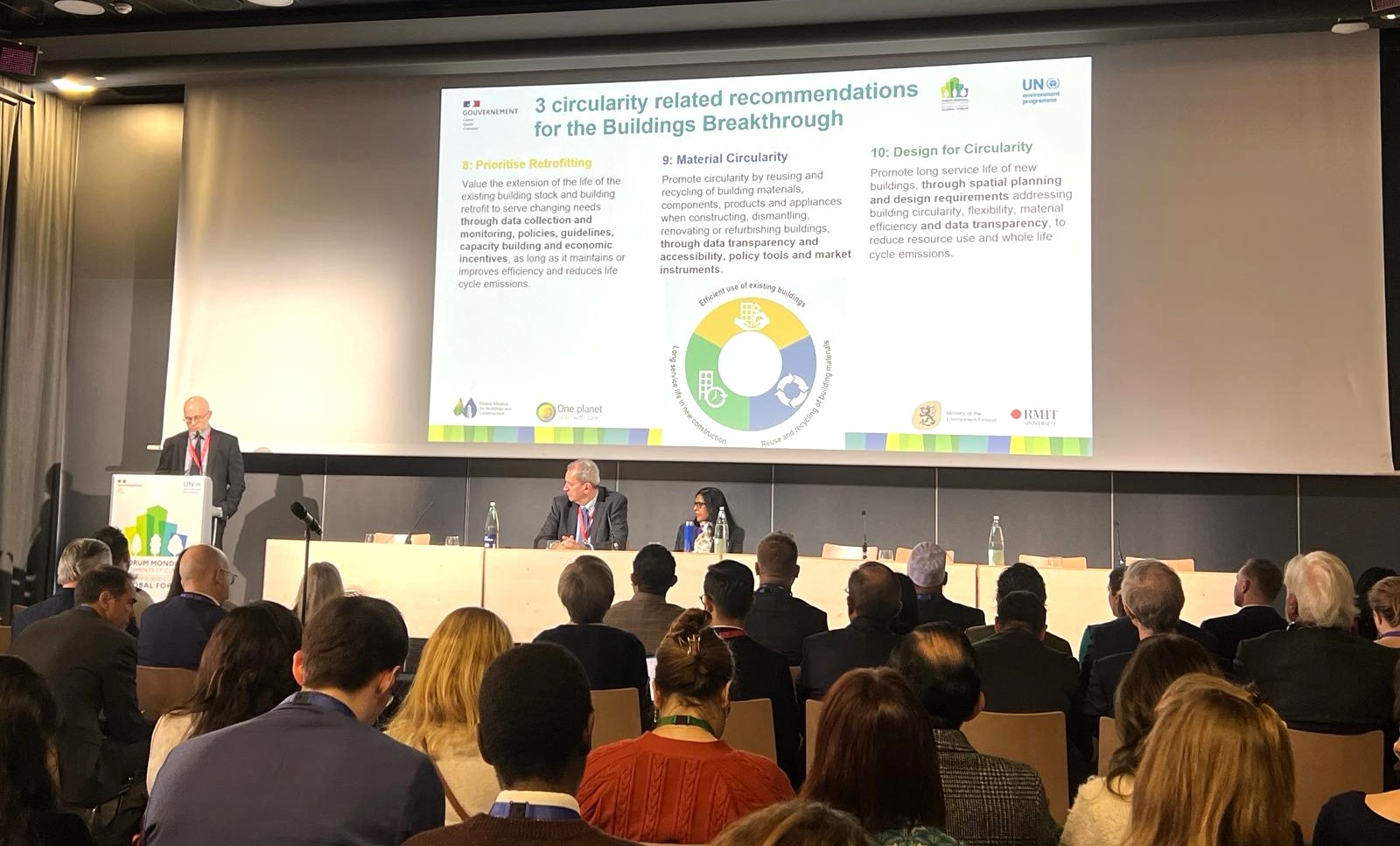The E-waste Challenge MOOC
With our growing appetite for electrical and electronic products, combined with rapid innovation and ever-shorter product lifespans, e-waste has now become one of the fastest growing waste streams.
This course will help to understand why and how we must manage e-waste in an environmentally sound manner and how to take action.
The aims of the course are to:
Show how sound management of e-waste can help reduce GHG emissions and prevent hazards to health and the environment in accordance with the Basel, Rotterdam, and Stockholm Conventions
Share best practices, technological innovations, and sustainable e-waste recovery and recycling business models.
Explore how the value in e-waste can be extracted in a way that supports the local economy and protects people’s health and the environment. This course will help you to understand why and how we must manage e-waste in an environmentally sound manner and how you can take action on e-waste in your own life, business, or organization.
The aims of the course are to:
Show how sound management of e- waste can help reduce GHG emissions and prevent hazards to health and the environment in accordance with the Basel, Rotterdam, and Stockholm Conventions
Share best practices, technological innovations, and sustainable e-waste recovery and recycling business models
Explore how the value in e-waste can be extracted in a way that supports the local economy and protects people’s health and the environment. We hope this MOOC will give you the knowledge, skills, and confidence to take action. Maybe you’ll have a BIG IDEA and start a new project or business, or maybe you’ll help to create tools and solutions for others. We hope you’ll become an active participant in our learning community and make your contribution felt. Whatever your goal, the MOOC has something for you.
We are all about action, so at the heart of our MOOC is the E-waste Challenge. There are activities spread across the whole MOOC which you - and the entire E-waste Challenge MOOC learning community - can take part in. The MOOC will help you shape and develop your ideas for an e-waste project, which you will share with others at the end of the course. The MOOC will track what you do, so you are always sure where you are and what to do next.
When you complete and submit your assignment you will receive a Certificate of Completion. If you are studying the course with a university or another partner, it may make separate arrangements to recognize your effort, but this will be outside the MOOC platform.
Certification and Additional Info
We understand that not everyone has the time to complete the whole MOOC – and that’s fine. Once the course is open in April, you are free to choose your own learning pathway – to do as much, or as little, as you like. You can opt in and out of different parts and complete only those that are most useful and relevant to you.
The course is divided into interactive bite-sized ‘learning nuggets’ and you can decide what you would like to study and when. A quick way to make your choice is to select the information icon on each learning nugget, which will give you a summary of what it is about.
The course materials will remain available to you once you are registered so you can always return to complete further learning nuggets at a later date if you get busy.
Certificate pathway
To receive the Certificate of Completion and to complete the Challenge, we recommend that you allow about eight weeks to work through the entire MOOC, with a study time of 4-6 hours a week, including activity and discussion time (about 35 hours in total). You are free to continue to access the course after eight weeks, so you can spend longer if you choose.
Self-selecting pathway (mini-MOOC)
If you want to take a shorter route through the MOOC, you can study only the learning nuggets of your choice and leave the Challenge Journal activities and the final assignment.
External source(s)
Image


